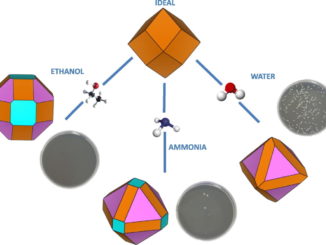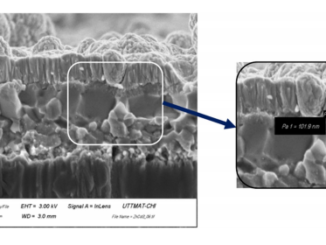
Tuning oscillatory time-series evolution by Pt(111)-OHad stabilization
Abstract: Controlling the Pt(111)-OHad stability by means of noncovalent interactions with hydrated cations, it was possible to modify natural changes in the galvanostatic time-series collected during ethylene glycol electro-oxidation reaction. These modifications, also known as drift, include maximum potential in each oscillation cycle, oscillation patterns, and frequency changes. The phenomenon was investigated in a temperature range from 5 to 20 °C and allows us to infer about the sensitiveness of time-series in the presence of distinct alkaline cations. The stable OHad layer in the presence of Li+ induces lower drift in the time-series, resulting in a longer time-series with oscillatory behavior. On the other hand, once the OHad layer is less stable in the Na+ electrolyte, the formation of surface oxides from Pt-OH happens at lower potential than in the LiOH solution, resulting in fast changes of both the maximum potential and oscillation frequency and short time-series, i.e., the drift becoming higher. Finally, the conversion of Pt-OH onto Pt oxides is still easier in KOH solutions, producing short time-series and does not allow the oscillatory behavior. Graphical abstract
Author(s): Silva, K.N.; Sitta, E.
Journal of Solid State Electrochemistry
Published: 26 March 2020




